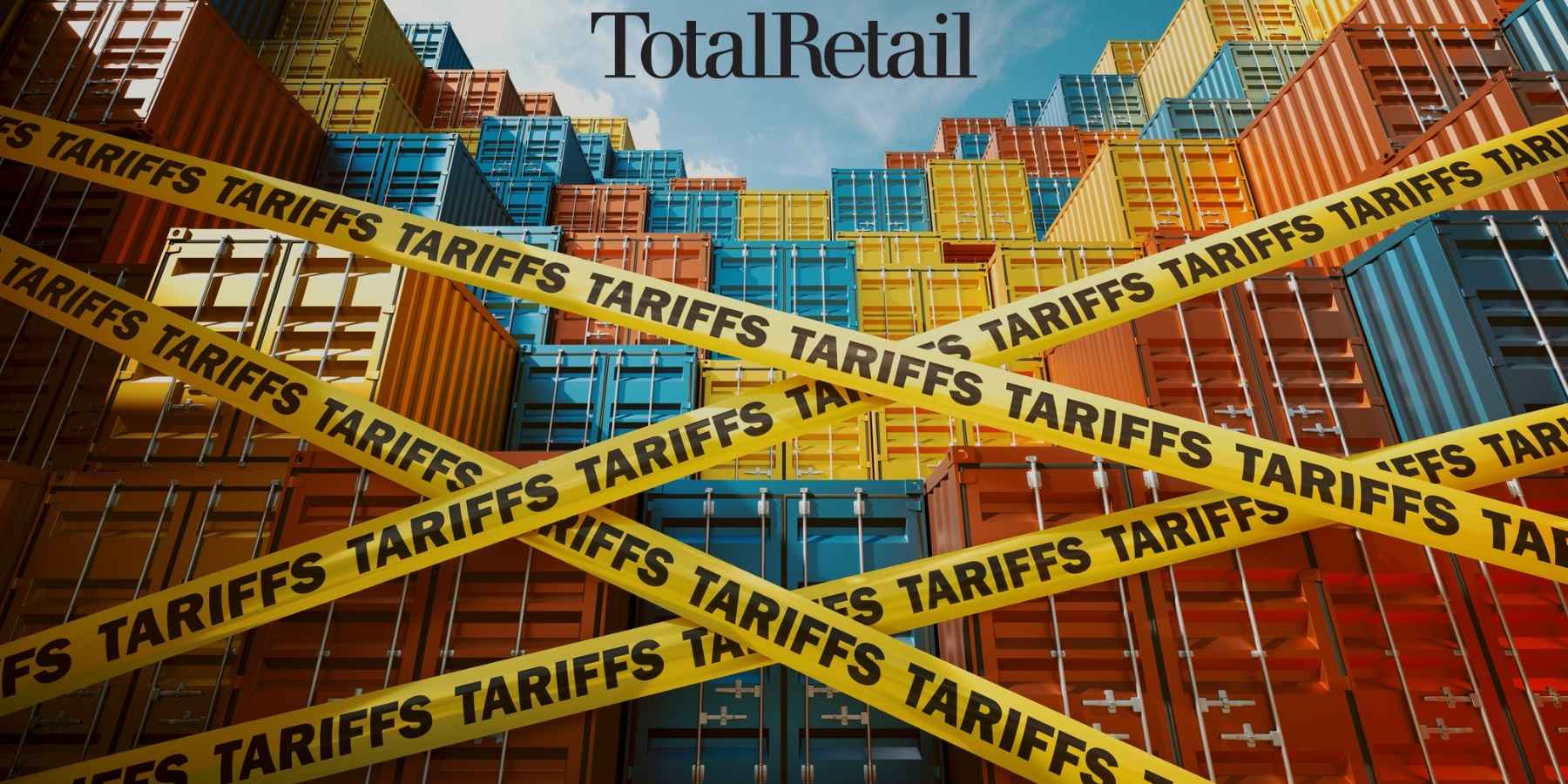Shipping rate tips for merchants who manage multiple warehouses
Whether you sell luxury watches, gelato or farming equipment, one thing rings true if you work with multiple warehouses: you need an easy way to manage your shipping rates.
For example, maybe you have two warehouses: one in Los Angeles and another in Chicago. But an order comes in from an address somewhere between both cities, like Denver.
How do you know which warehouse to fulfill and ship out of, when both carry the same products?
In this blog, we’ll outline common challenges merchants face when shipping from multiple locations. Plus provide tips on how to customize your shipping experience to maximize cost savings for you and your customer.
Shipping from Multiple Warehouses Vs Dropshipping: What Makes Sense for My Business?
Merchants generally go about their fulfillment strategy a couple of different ways.
They will either:
- Choose to ship from multiple places under their own control (like a warehouse)
- Or ship from a combination of using warehouses and suppliers via dropshipping
There are distinct benefits for both when deciding between these two strategies.
Advantages of Multiple Warehouses
When you have multiple warehouses you get your products to buyers more quickly and at lower shipping rates. This gives you a competitive advantage in this day in age when fast delivery is king.
Advantages of Dropshipping
With dropshipping, you don’t have to stock products yourself.
Instead, when a customer makes a purchase, their order is passed on to a third party vendor who ships the order for you. This especially comes in handy if you sell large and heavy items that cost a lot to ship in the first place.
Common Questions Merchants Ask When Shipping from Multiple Warehouses
Whatever the case (or your preference), multi-warehouse fulfillment adds complexity to your shipping strategy.
You have to figure out answers to questions like:
- From which warehouse does it make sense to fulfill an order?
- Should I always ship from the nearest warehouse to a customer?
- Does it make more sense to send an item from a location that stocks every item in an order?
- Is it better to fulfill from your supplier, who charges a surcharge for dropshipping?
- Should I fulfill an order from my warehouse, even though it’s located across the country from a buyer?
If your head is buzzing from all these questions, we don’t blame you. Thankfully, that’s where ShipperHQ comes into play.
Here are two ways ShipperHQ’s Multi-Origin Shipping feature help merchants manage how they ship from multiple locations.
#1: You can automate which origin certain products are shipped from
One of the trickiest parts about fulfilling orders from multiple warehouses is choosing which item(s) comes from each location. And from there, determining which shipping option (ground, two-day, etc) makes sense to you and your customer.
With ShipperHQ, you can choose to fulfill orders based on:
- The fewest number of warehouses
- The warehouse nearest to a customer
- Zone restrictions you set for a given location (i.e. Mexico, Canada)
You can also set limitations, restrictions and overrides to account for common multi-origin shipping scenarios, as mentioned below.
#2: You can specify where a product is located
Figuring out the best strategy for how (and where) you store your products is a complicated business. And it’s completely unique to what you want to accomplish.
Merchants tend to go about it a couple of different ways.
They will either store:
- All SKUs in one place (warehouse, storefront, vendor)
- A percentage of SKUs between fulfillment locations
- Some SKUs in their own warehouses but rely on suppliers to dropship others
- A limited amount of SKUs in their own warehouses but rely on dropshipping for large quantity order
ShipperHQ allows you to configure all these scenarios. Plus generate accurate shipping rates based on where your products are located.
Say you sell home decor and furniture. Through our Multi-Origin Shipping feature, you can do the following:
Make All Products Available Via All Warehouses
Let’s start with a straightforward example: you store all of your SKUs in all of your warehouses.
ShipperHQ recognizes that you can ship all your SKUs from every warehouse location. From there, you can create rules that automatically select which location to fulfill out of.
This is based on criteria such as how much it costs for you to ship an order. You can also set up restrictions to prevent you from making costly shipping choices.
Specify One Specific Origin for Shipping Certain Products
Perhaps you have decided to store your large furniture pieces in one warehouse and your small home decor items in another. Through your eCommerce platform, you can specify which origin each product will be fulfilled out of.
From there, ShipperHQ will know that all orders with that item must ship via the location you set.
You can also choose whether or not you want to show at checkout that the order will be shipped from multiple warehouses. This gives your customer more insight on when their order will arrive, since their items might have different delivery dates.
Choose to Ship Out of Multiple Warehouses Per Product
For example, maybe you store your large furniture items in two warehouses on different US coasts, in order to save on freight costs. You can specify via your eCommerce platform that you want to fulfill a certain product via multiple warehouses.
Again, from there ShipperHQ automatically makes the right shipping choice for you.

Common Shipping Scenarios for Merchants Who Work with Multiple Warehouses
As a merchant, you probably want to set restrictions and limitations on how orders are being fulfilled and shipped. But what exactly can (or can’t) you do?
Here are a few examples of common shipping scenarios for merchants who ship out of more than one location. And what you can do for each situation.
#1 You want to ship out of the warehouse closest to a customer
Let’s say you work with multiple warehouses, one in California and Texas. But you want to always fulfill out of the location that’s nearest to your customer’s address.
In ShipperHQ, you can create rules around this. If an order comes in from Las Vegas you’ll show rates from the California warehouse. This almost always means it’s the cheapest shipping cost as well.
#2. You want to ship according to minimum and maximum order values
Let’s say you sell socks and only want to fulfill small quantity orders from your own warehouse. Large orders (50+) will instead be fulfilled directly from your dropship vendor.
In ShipperHQ, you can select maximum (and minimum) quantities to fulfill from each location. If an order comes in for 100 socks, your dropship supplier will be notified to fulfill that order instead of you.
#3. You want to set restrictions based on shipping zones
Let’s say you stock items in a warehouse in Ontario in Canada and in Tennessee in the United States. Though you have normally instructed ShipperHQ to ship from the origin nearest your customer, your customer lives in Michigan – which is closer to the Canadian warehouse.
In ShipperHQ, you can restrict your shipping based on zones and only have US orders be fulfilled from US warehouses. The same goes with creating shipping zone restrictions for your Canadian orders.
Otherwise you risk putting you and your customers through the rigamarole and expense of cross-border shipping.
#4. You want to split shipments by shipping group
Let’s say your customer places an order for a mug and a dozen macarons. In order for the macarons to arrive fresh, they must be shipped overnight.
In ShipperHQ for Magento 1 and Zoey, you can configure your account to show customers separate delivery options at checkout even if they are shipping from the same location. This is also possible to do with our new PWA enabled Enhanced Checkout for Magento 2.
Just think about the holidays and all the different things you order for your loved ones. They want a quicker delivery turnaround when perishable or high value items like jewelry will arrive. This lets them know that you understand their expectations about delivery guarantees.
#5. You want to set up rules and restrictions around certain origins
Let’s say you dropship from a supplier who sells phone accessories and charges you a $1 surcharge on each order. It’s not uncommon to want to pass that surcharge onto your customer.
In ShipperHQ, you can create specific rules that only apply to certain shipping origins. So if a customer places an order for a new phone case, you can tack on that $1 surcharge onto their shipping cost.
You could also add shipping promotions (like free shipping) and discounts ($2 off shipping) that are location specific.
Bonus: Merging Your Shipping Rates
You’ve determined how you want to ship from each warehouse or dropship vendor. Assigned your products to each location. And set limits and restrictions on how you want to ship from multiple warehouses.
Now your checkout experience should be a breeze for your customer. Right?
Well, there are two more things you can do to really create a smooth checkout experience.
Method Merging and Renaming Carriers
As mentioned before, it’s possible to show your customer two different shipping rates and delivery dates (on Magento 1, Zoey and Enhanced Checkout for M2). Particularly, when they order products that are required to ship via different methods like ground and air.
However, did you know there’s a way to combine shipping rates even when items are shipping from multiple warehouses?
In ShipperHQ, you can merge together shipping rates to show your customer a single shipping quote at the end. And on top of this, you can rename your shipping options to avoid any confusion.
For example, say an order is shipping from two warehouses. A book they ordered will arrive via FedEx and while a bag will arrive via UPS.
To avoid confusing the customer, you can merge these two shipping rates together and change how it appears in checkout. Instead of a cluttered checkout featuring multiple carriers, you can simply display something like: “Ground Shipping – $3.99.”
Conclusion
The Multi-Origin Shipping feature in ShipperHQ allows you to create the exact, customized experience you want when shipping from more than one origin.
You’ll also get more control of your shipping strategy. Which means, you can save money and generate the best rates possible for your customers at checkout.
If you didn’t see your desired shipping scenario above, don’t worry.
Our shipping experts are here to help you customize ShipperHQ to your business’s exact shipping needs.
Get started with a 15-day free ShipperHQ trial today.






